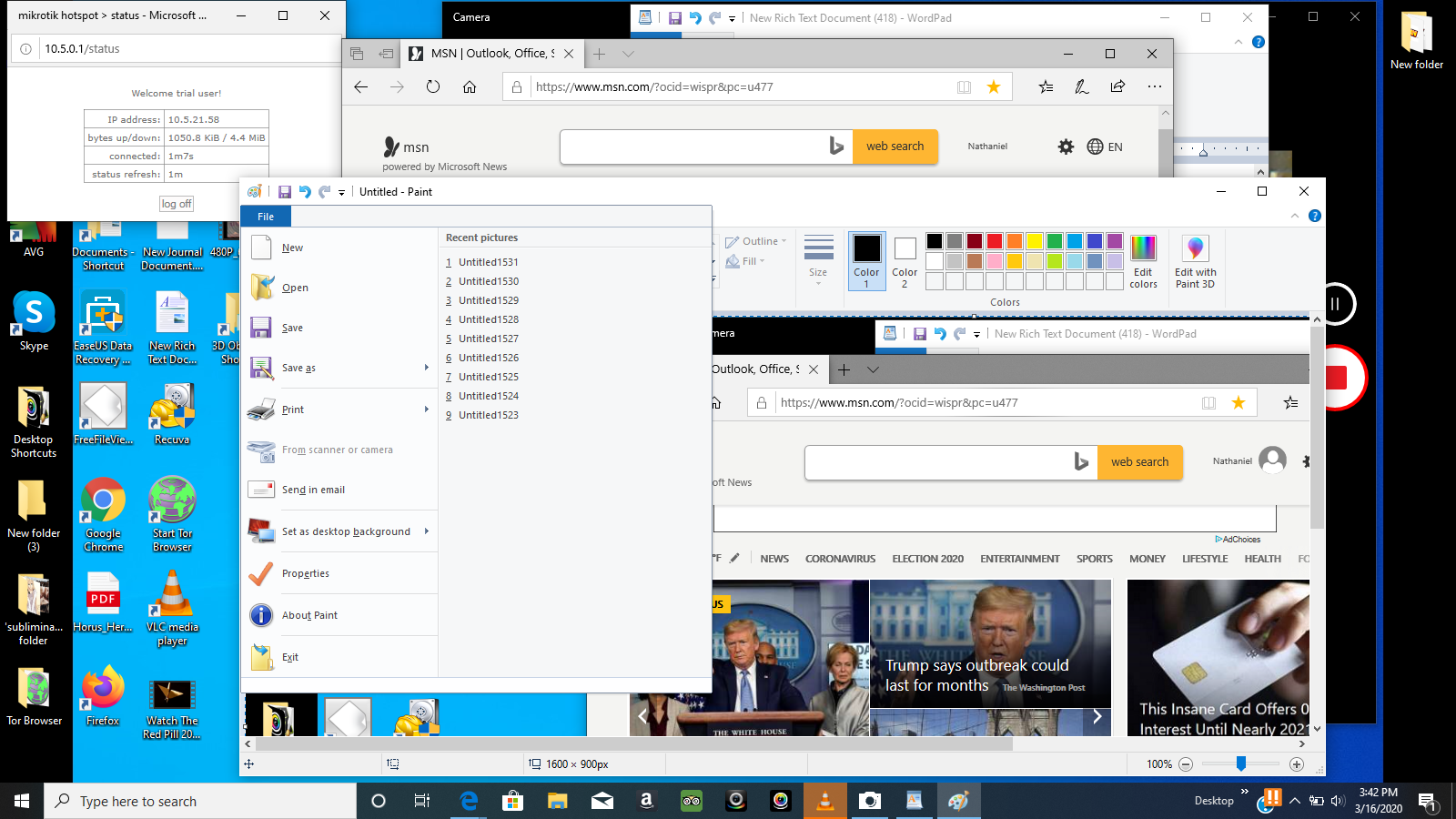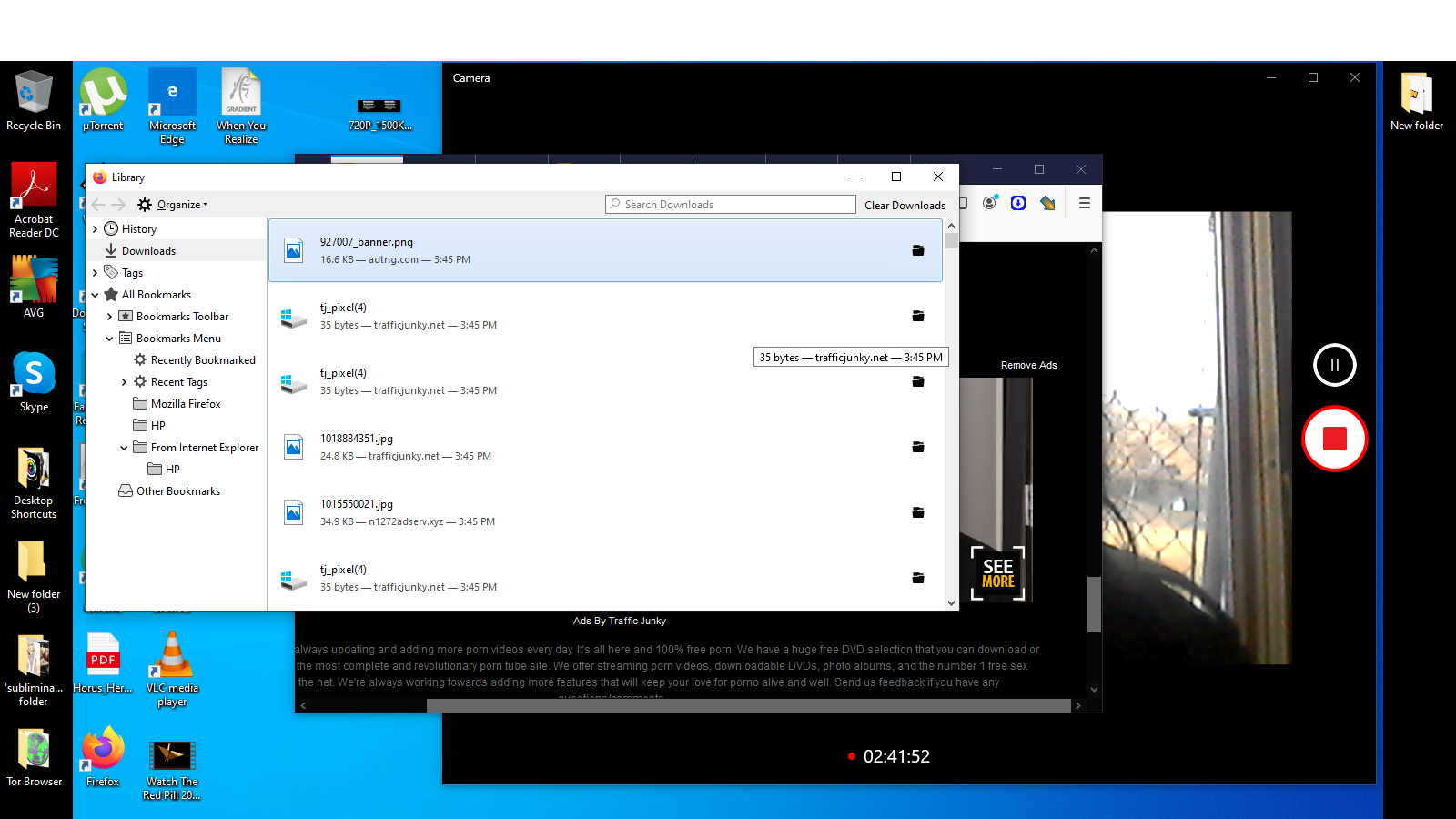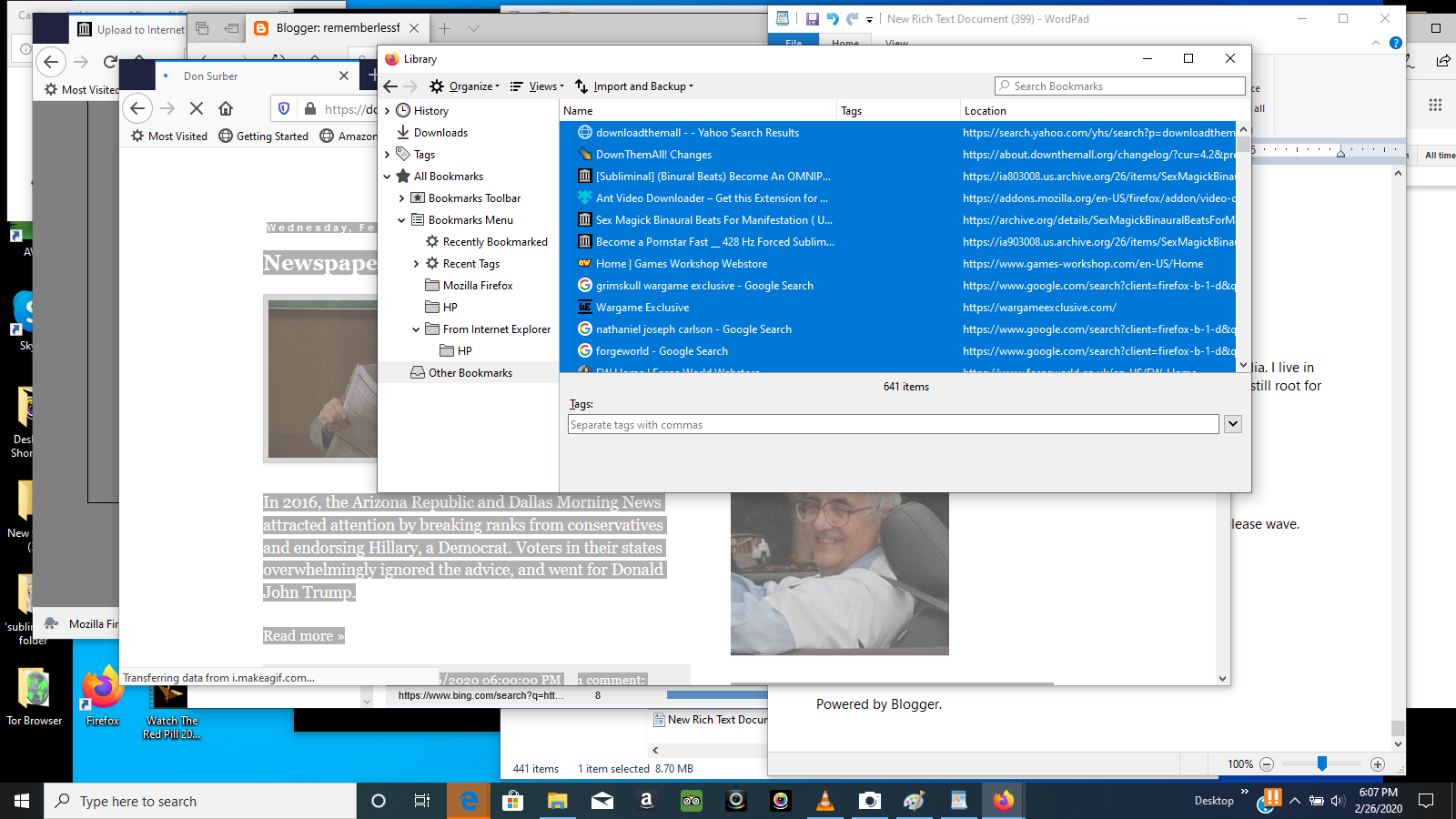MAC addresses are used in the Layer 2 (Data Link Layer) of the network protocol stack to transmit frames to a recipient. In vSphere, vCenter Server generates MAC addresses for virtual machine adapters and VMkernel adapters, or you can assign addresses manually.
Post Link In Commentsmr. Mac's Virtual Existence According
Each network adapter manufacturer is assigned a unique three-byte prefix called an Organizationally Unique Identifier (OUI), which it can use to generate unique MAC addresses.
Post Link In Commentsmr. Mac's Virtual Existence Key
MAC addresses are used in the Layer 2 (Data Link Layer) of the network protocol stack to transmit frames to a recipient. In vSphere, vCenter Server generates MAC addresses for virtual machine adapters and VMkernel adapters, or you can assign addresses manually. Post Bulletin your best local source for news, sports, and weather in the Rochester area.
VMware supports several address allocation mechanisms, each of them with a separate OUI:
Generated MAC addresses
Assigned by vCenter Server
Assigned by the ESXi host
Manually set MAC addresses
Generated for legacy virtual machines, but no longer used with ESXi
If you reconfigure the network adapter of a powered off virtual machine, for example by changing the automatic MAC address allocation type, or setting a static MAC address, vCenter Server Neiman last call. resolves any MAC address conflict before the adapter reconfiguration takes effect.
In a Hyper-V host, the MAC addresses received by the VM’s network adapters are dynamic and are defined by the range of the host. I don’t want to repeat myself, I have written an article on this subject.
However, there are several cases that we need to have a static MAC address on a VM. For example, when we want to do DHCP Filtering or DHCP Reservations, or if an inventory service or even some application’s license is linked to a MAC address. In such a case, when we move the VM to another Hyper-V host, it must keep the same MAC address. Otherwise, if it had a dynamic address then it would get a new one.

Post Link In Commentsmr. Mac's Virtual Existence Date

Let’s see how we set a static MAC address to a VM in Hyper-V. As always, this can be done either through Hyper-V Manager or PowerShell.
Set static MAC address using Hyper-V Manager
First, make sure the VM is not running.
Open Hyper-V Manager and then VM settings. Here, expand the Network Adapter and go to Advanced Features.
Open the dmg by double clicking on it. Mac will mount a disk to your system that is labeled 'Install Ygopro Percy'. Drag Ygopro into Applications. A small window with 2 icons appears. Drag the icon that says 'Ygopro' into the 'Applications' icon. Note: do not start Ygopro directly at this step! The dmg file is read-only. Tutorialsygopro for macbook.

To set the VM with a static MAC address, enable the Static option and enter the address you want.
Set static MAC address using PowerShell
This is done using the Set-VMNetworkAdapter cmdlet as you can view below.

Set-VMNetworkAdapter -VMName SRV01 -StaticMacAddress “00112233445566”
Finally, note that when you set up a static MAC address for a VM, be sure it is not within the dynamic address range generated by the Hyper-V host. If it is within the range, then it is possible to give the same address to another VM as the host does not control the management between static and dynamic addresses.

Comments are closed.